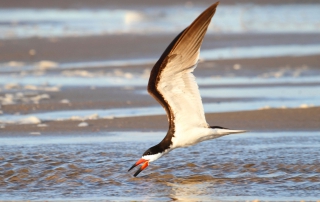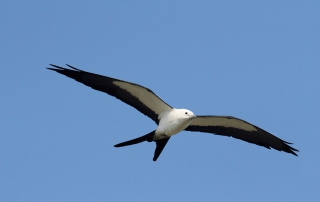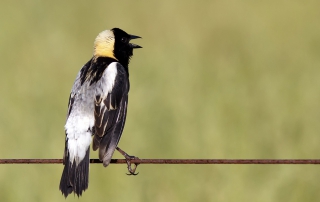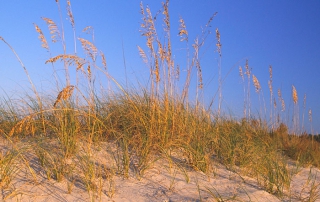Successful Nesting Season in South Carolina!
South Carolina Department of Natural resources is celebrating a successful nesting season for seabirds and shorebirds. The beaches that are critical for these nesting seabirds are also places were people enjoy recreational activities. To allow the birds to nest and raise their chicks undisturbed, portions of several of the islands were closed temporarily to provide [...]










